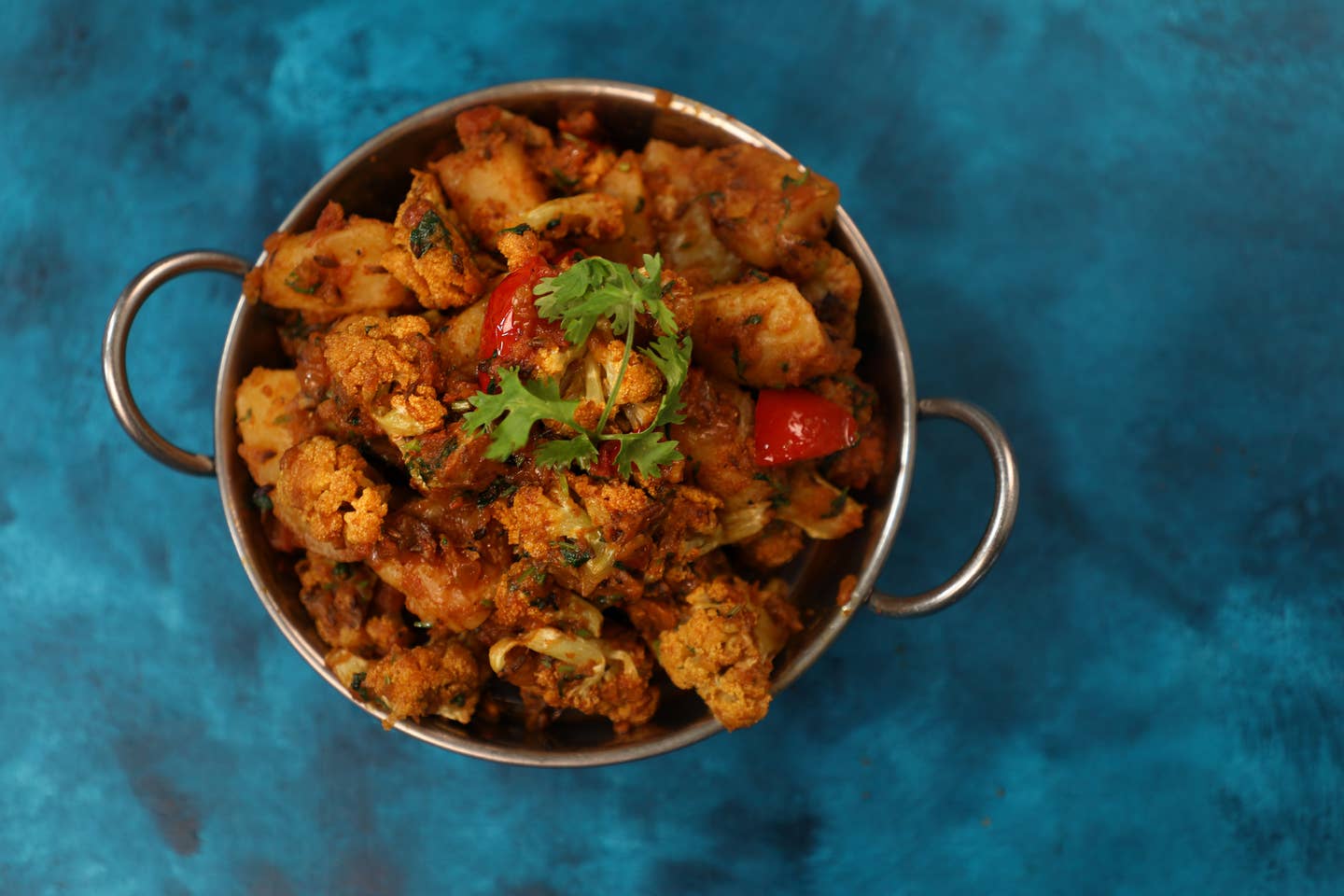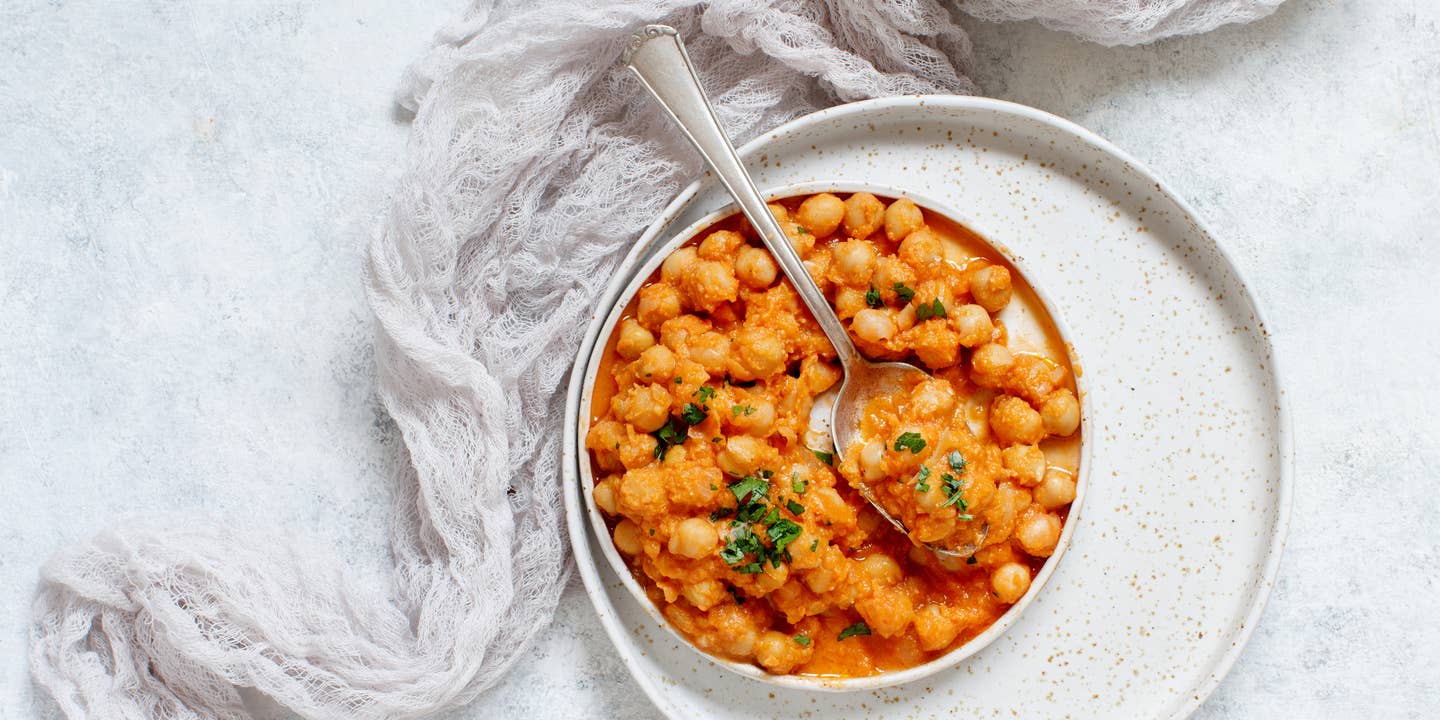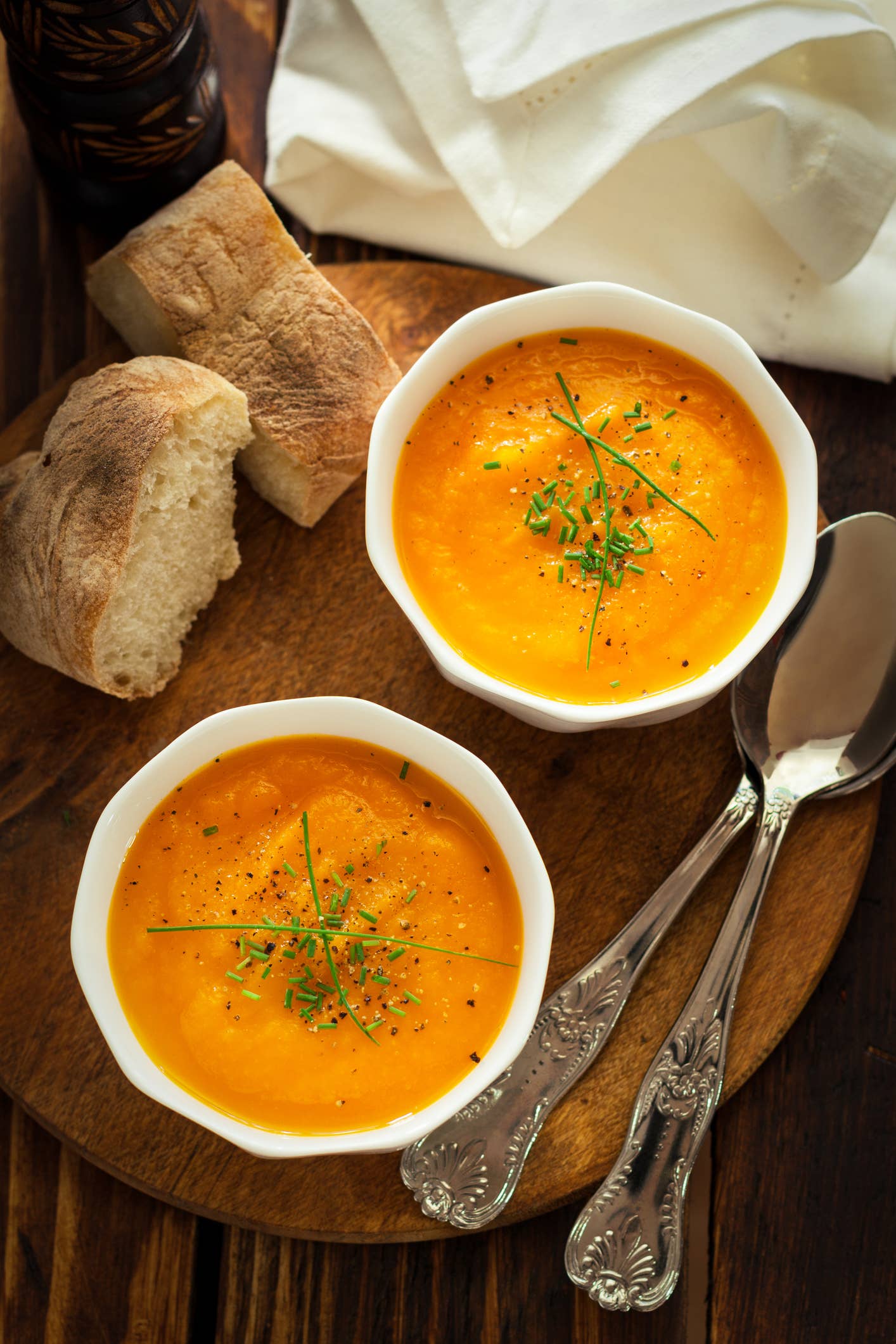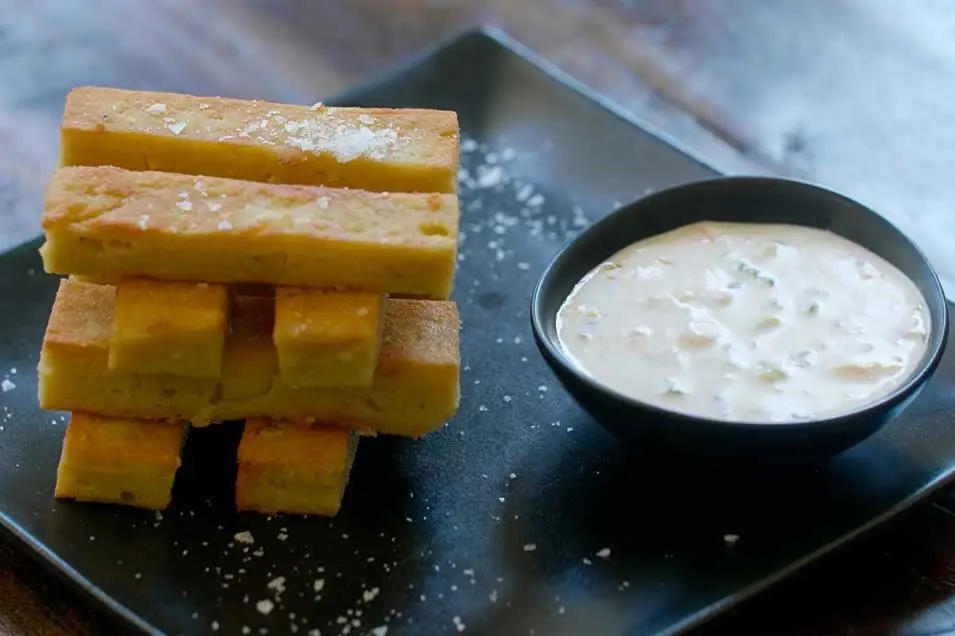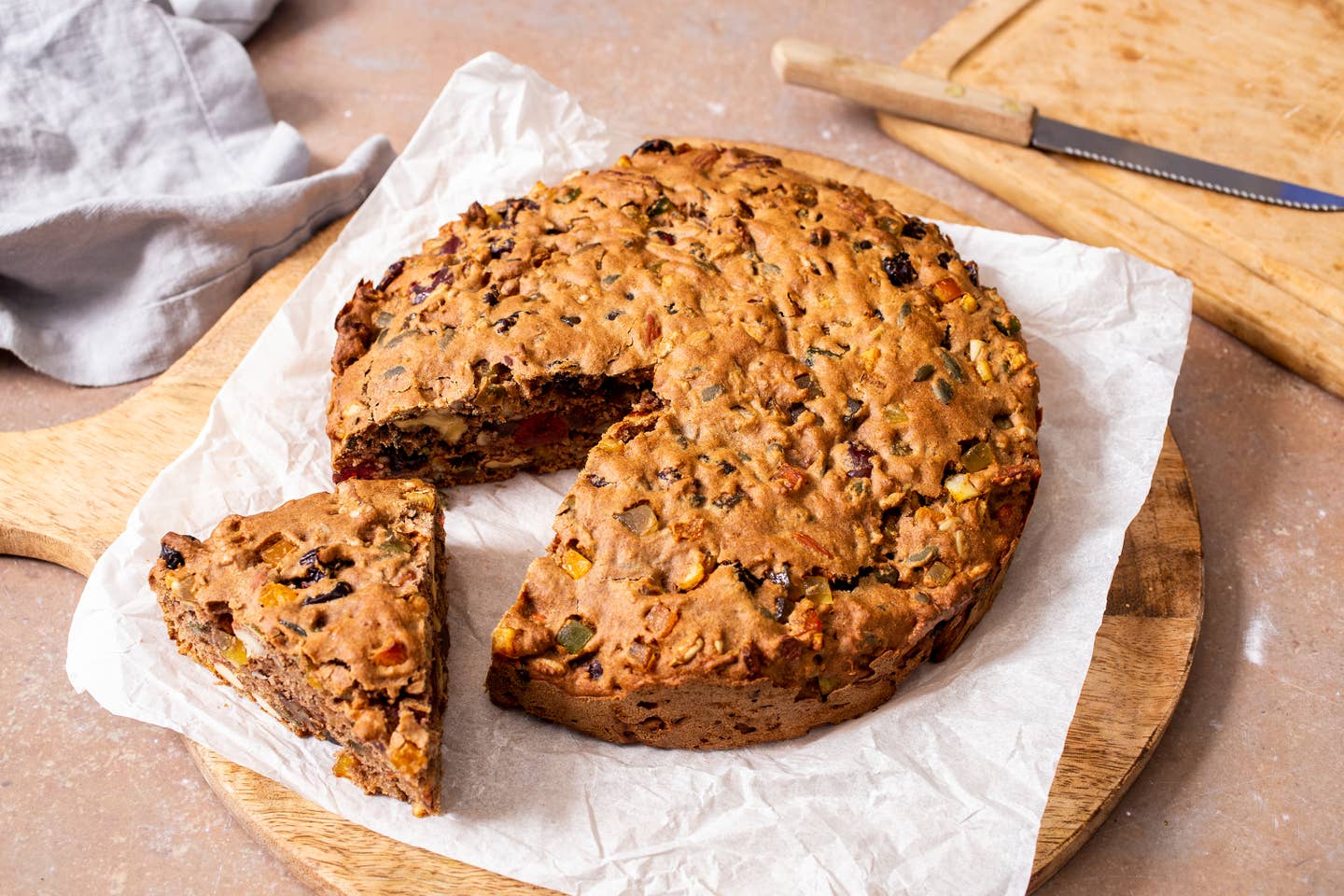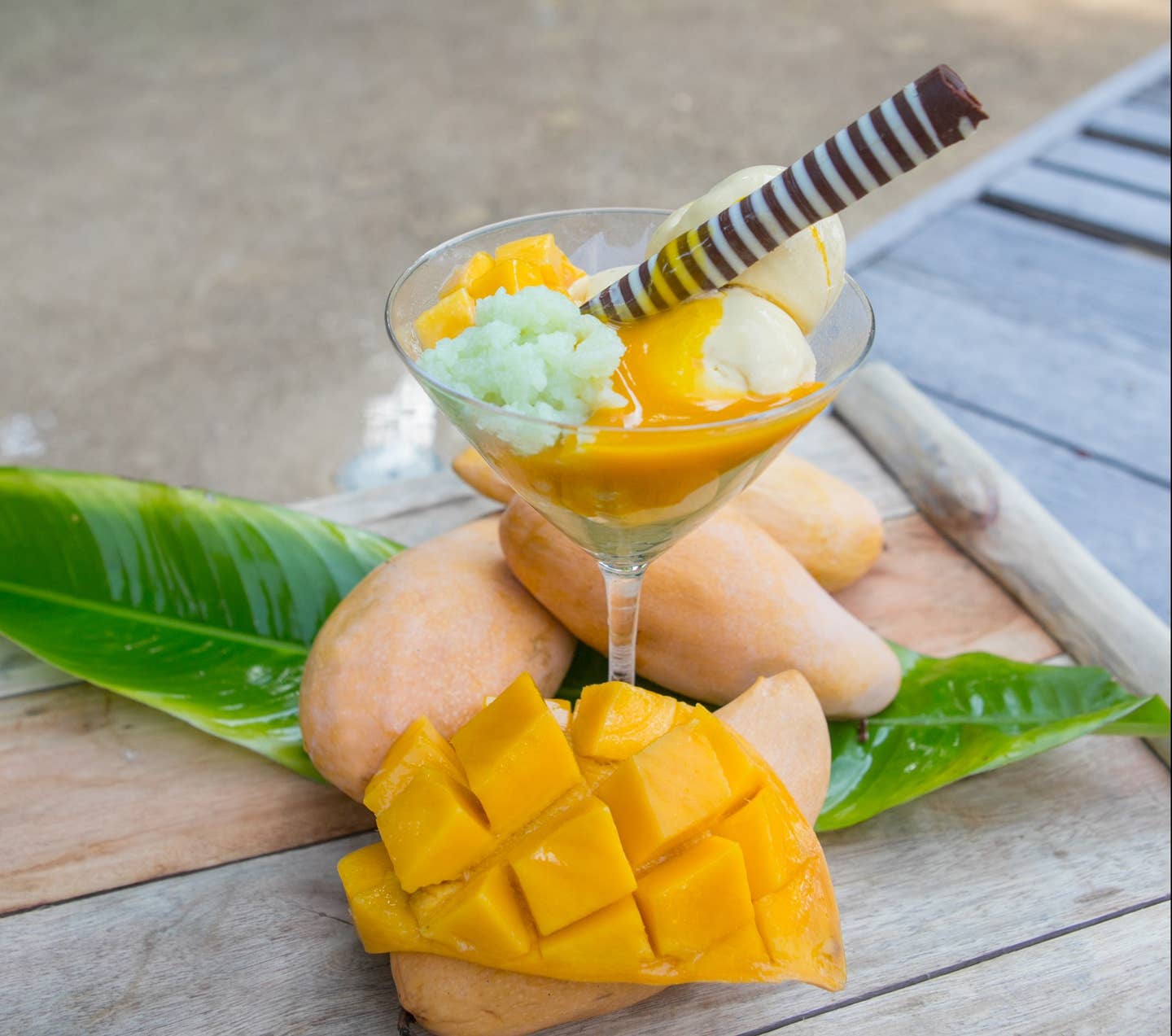
5 Exotic Vegan Dishes from Hotels Around the World to Make at Home
One of the best parts about traveling is having the opportunity to taste local delicacies in interesting places and if you're eating plant-based finding a new hotel, restaurants or favorite dish is a bonus. We’ve been missing traveling—and all the delicious eating that comes along with it. We already compiled our list of favorite cocktails from around the globe, so now we wanted to bring together some of our favorite plant-based recipes that you ordinarily would have to hop a flight to enjoy. Here are five new ways to mix it up at home, and satisfy your wanderlust cravings with these favorite vegan dishes from amazing hotels to visit -- someday.
1. Italian Eggplant Parmigiana
The new Kapuhala Sicily Heritage Farm in Sicily, Italy is a 100% vegetarian hotel. The Vivi Vinu restaurant offers a vegan-version of the famously cheesy eggplant parmigiana. The dish is one of the most popular dishes in Sicily. Every family has their own unique recipe that’s been passed down for generations.
Ingredients
- 7 eggplants
- 3 Cups tomato sauce
- 1/4 Cup almond crumbled
- 20 fresh basil leaves
- 2 Cups vegan cheese
Instructions
- Preheat the oven to 180 degrees celsius.
- Slice the eggplants lengthwise.
- Deep fry and drain on a kitchen towel.
- Put a layer of fried eggplant slices in a pan.
- Ladle tomato sauce, homemade if possible, on top of the eggplants.
- Spread on a layer of vegan cheese.
- Sprinkle almond crumbs on top and a few basil leaves.
- Repeat the stacking 3 times.
- Bake the parmigiana for 25 minutes.
2. Thai Mango Sticky Rice
Soneva Kiri in Koh Kood, Thailand makes a delicious vegan-friendly version of the nation’s most popular dessert—mango sticky rice. Much of the organic food served at the resort is grown at on-site gardens. Try to source Thai mangoes to prepare this sweet dish at home. Soneva Kiri’s mango sticky rice recipe, created by Chef Reza Usma, also calls for pandan leaves and coconut milk which are both staples of Thai cuisine.
Ingredients
- 4 Cups glutinous rice
- 4 Cups coconut milk
- 1 Cup sugar
- pinch salt
- 3pcs pandan leaf
- 1 pipe Thai mango, sliced
Mango Sauce
- 1 Cup mango purée
- 1/3 Cup sugar
- 1 Tbsp pectin
Instructions
- Wash the rice six times or until the water runs clear. Let the rice soak in water for 6 hours.
- Strain and steam rice with pandan leaf.
- While your sticky rice is steaming, prepare the coconut sauce. Place the coconut milk in a pot on medium heat, stir it in one direction to prevent curdling. Add sugar and salt, continue stirring. Remove from fire when it starts to boil. Add sugar and salt.
- Transfer the cooked sticky rice to a stainless-steel bowl. Gradually add coconut milk, so it doesn’t get mushy. Let cool.
- Place all ingredients for mango sauce in a pot and bring to boil. Stir well. Let cool.
- Store in a squeeze bottle. Spoon the sticky rice in a martini glass, serve with sliced mango and mango sauce.
3. New Zealand Mini Pavlova
QT Wellington in New Zealand offers guests a plant-based high tea at the Hippopotamus Restaurant with three tiers of sweet treats and savory bites created by executive chef Jiwon Do. Here’s how to make one of the classic Kiwi dishes, a pavlova made with aquafaba, and topped with coconut and raspberry crème pâtissière.
Ingredients
For the Aquafaba Meringue
- Brine from 1 can of chickpeas, reduced by half on the stove and cooled (120g after reducing)
- 1 Cup sugar
- 5 tbsp apple cider or white vinegar
- 1 tbsp Cornflour
For the Coconut and Raspberry Creme Pâtissiere
- 3/4 Cup coconut cream
- 3/4 Cup blended and sieved raspberry, or ready-made raspberry puree
- 1 Tbsp sugar
- 2 tbsp rice flour or cornstarch
Instructions
For the Aquafaba Meringue
- Preheat the oven to 150’C.
- Beat the reduced chickpea brine and vinegar on high speed using a stand mixer or hand mixer.
- Once the liquid gets foamy, slowly add caster sugar, 1 Tbsp at a time. Whip mixture until it creates a thick, fluffy meringue-like consistency, approximately 10-20 minutes.
- Sieve in the cornflour and mix in using a whisk.
- Using a spatula, mix the whole meringue to make sure everything’s incorporated properly.
- Pipe the meringue, or spoon it on a baking tray with parchment paper.
- Bake for 15 min at 150’C, then reduce the heat to 130’C and bake for 1 hour to 1hr 30mins. This will vary depending on the size of the meringue and the oven, and be complete when the meringue removes easily from the parchment. Cool completely before topping.
For the Coconut and Raspberry Creme Pâtissiere
- In a saucepan place the coconut cream and raspberry puree, and mix in the sugar and rice flour using a whisk.
- Put the saucepan over low-medium heat, and cook until the mix boils and starts to bubble.
- Transfer to a bowl and cover with baking paper, pressing it down so it touches the crème.
- Once cooled completely, pipe or spoon on the aquafaba meringue.
4. Indonesian Jackfruit Curry
MahaRaja Eco Dive Lodge is a vegan hotel in Raja Ampat, Indonesia. Jackfruit curry is one of their signature dishes as the massive tree fruit, called Nangka, is one of the key ingredients of the Papuan cuisine. Papuan chef, Elin, is an expert at crafting mouthwatering Jackfruit curry.
Ingredients
- Curry paste
- 1 tsp cumin seeds
- 3 small fresh cayenne pepper 3 small
- 2 tsp fresh grated turmeric
- Fresh ginger root small piece
- 5 garlic cloves
- 8 small shallots
- 1 lemongrass stalk
- 3 candlenuts
- 3 cups fresh or canned jackfruit
- 1 cup coconut cream
- 1 bay leaf
- 3 tbsp coconut oil
- Salt and pepper to taste
Instructions
- Start by roasting the raw cumin seeds. Roast the seeds for 2-3 minutes until they’re fragrant but not burned.
- Put the seeds in a mortar and crush them until they turn into a powder.
- Add the candlenut to the mortar and crush and mix with cumin until it turns into a paste.
- Continue by adding the peppers to the mortar and crush them. Mix with the paste.
- Grate the fresh turmeric, garlic cloves, and shallots and mix with the paste.
- Peel the fresh ginger and cut to the size of a garlic clove. Hit the ginger pieces with a pestle to get the taste out and set aside.
- Hit the lemongrass stalk with a pestle to break it and set aside.
- For fresh jackfruit, take the fruit out of the shell. Separate the seed from the fruit and peel it. Rinse the jackfruit.
- Put the pan on the fire and add the oil. When the oil is hot, add the curry paste and stir for 3 minutes or until fragrant.
- Add in the ginger and lemongrass and stir for another minute.
- Add the coconut cream and mix well with the paste and let it simmer. When the sauce is hot, add the jackfruit and the seeds, and the bay leaf. Let simmer for 10 minutes. Add salt and pepper to taste.
5. Sri Lankan Roti
Roti is a traditional Sri Lankan street food that is nutritious, tasty, and easy to make. Jetwing Ayurveda Pavilions is an Ayurvedic hotel in Negombo, Sri Lanka, that specializes in vegan and vegetarian cuisine. Chef Rohan’s roti uses coconut, a staple in Sri Lankan cuisine.
Ingredients
- 2 Cups Wheat flour or chickpea flour
- 1/3 Cup Roasted coconut
- 3/4 Cup Grated fresh coconut
- 2 teaspoons Virgin coconut oil
- Salt to taste
- 1/3 Cup Chopped cashew nuts
- 1 Tablespoon Green chili
- Crushed pepper
Instructions
- Cut green chilies into thin slices.
- Add flour, grated coconut, salt, chili flakes, and ½ a cup of water in a bowl and mix well using your hands or a wooden spoon until doughy.
- Separate the dough into four small balls.
- Flatten the dough with a wooden roller until the dough is 1/4 of an inch high.
- Place a pan over a medium flame and grease with oil.
- Place roti dough on a pan and cook for 4 - 5 minutes (turn sides regularly) over a low or medium flame.
- Serve with a curry or onion and chili sambal.
More From The Beet
